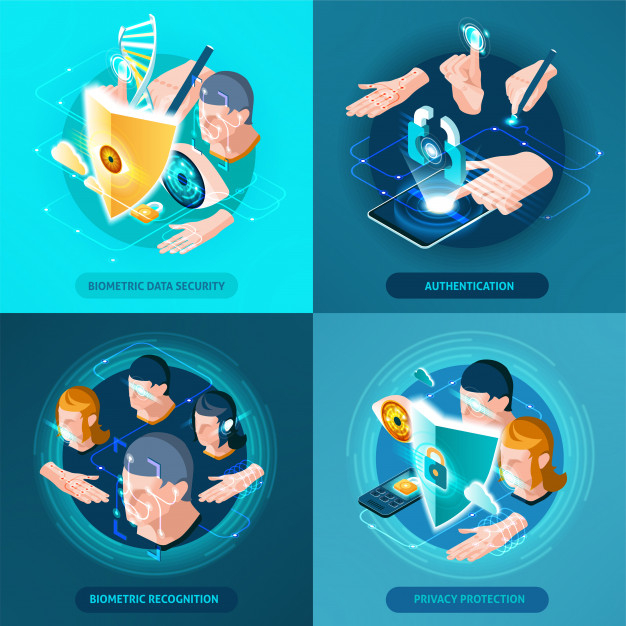
The Role of Biometric Technology in Enhancing Security and User Convenience
Biometrics Tech Security User Authentication Fingerprint Scanning Facial Recognition Voice Recognition Tech Innovations Cybersecurity
The Role of Biometric Technology in Enhancing Security and User Convenience
In an increasingly digital world, traditional methods of authentication, such as passwords and PINs, are being replaced by more secure and user-friendly solutions. Biometric technology, which includes fingerprint scanning, facial recognition, and voice authentication, is becoming the preferred method for securing personal and business data. In this post, we’ll dive into how biometric technology works, its current applications, and the future potential it holds in enhancing security and convenience.
What is Biometric Technology?
Biometric technology uses unique physical or behavioral characteristics, such as fingerprints, facial features, and voice patterns, to identify individuals and verify their identity. Unlike traditional passwords, which can be forgotten or stolen, biometric data is unique to each person, making it a highly secure form of authentication.
How Biometrics are Improving Security
Biometric authentication is being widely adopted because it provides a higher level of security than passwords or PIN codes. Since biometric features are difficult to replicate, they offer better protection against hacking and identity theft.
1. Fingerprint Scanning
Fingerprint scanning is one of the most common forms of biometric authentication. It is used in smartphones, laptops, and access control systems to verify user identity. The uniqueness of each fingerprint makes it a highly secure way to protect devices and sensitive data.
2. Facial Recognition
Facial recognition technology has gained popularity in recent years, particularly in mobile devices and surveillance systems. This technology uses algorithms to analyze and match facial features, allowing for quick and seamless authentication without the need for physical contact.
3. Voice Recognition
Voice recognition technology analyzes vocal patterns and speech to authenticate users. It is commonly used in banking, customer service, and smart home devices, offering a hands-free and convenient way to verify identity.
Convenience Meets Security
In addition to enhancing security, biometric technology is convenient for users. It eliminates the need to remember complex passwords and reduces the chances of unauthorized access to sensitive data. Biometric authentication is often faster and more seamless, improving the user experience while maintaining a high level of security.
Applications Across Industries
Biometric technology is being used across a wide range of industries to enhance security and user convenience:
- Banking and Finance: Banks are adopting biometric authentication to secure transactions and verify customers for online and mobile banking.
- Healthcare: Hospitals and healthcare providers use biometrics to authenticate patient records and ensure that only authorized personnel have access to sensitive information.
- Travel and Hospitality: Airports and hotels are using facial recognition technology to streamline check-in processes and improve security screening.
- Consumer Electronics: Smartphones, laptops, and other personal devices rely on biometrics for secure access, protecting users from unauthorized access.
Challenges and Concerns
While biometric technology offers numerous benefits, it also presents challenges, particularly in terms of privacy and data security. Since biometric data is unique and cannot be changed like a password, protecting it from breaches is critical. Businesses must ensure that biometric data is stored securely and that users' privacy is respected.
The Future of Biometrics
The future of biometric technology is promising, with advancements expected in accuracy, speed, and integration with other technologies. As AI and machine learning continue to evolve, biometric authentication will become even more reliable, making it the standard for security in both personal and business applications.
Conclusion
Biometric technology is rapidly transforming how we secure our devices, data, and systems. With its ability to provide both security and convenience, it is becoming an essential tool for businesses and consumers alike. As the technology advances, biometric authentication will continue to play a pivotal role in shaping the future of digital security.
Thank you for reading, and stay tuned for more insights and tips as we continue our tech journey together!